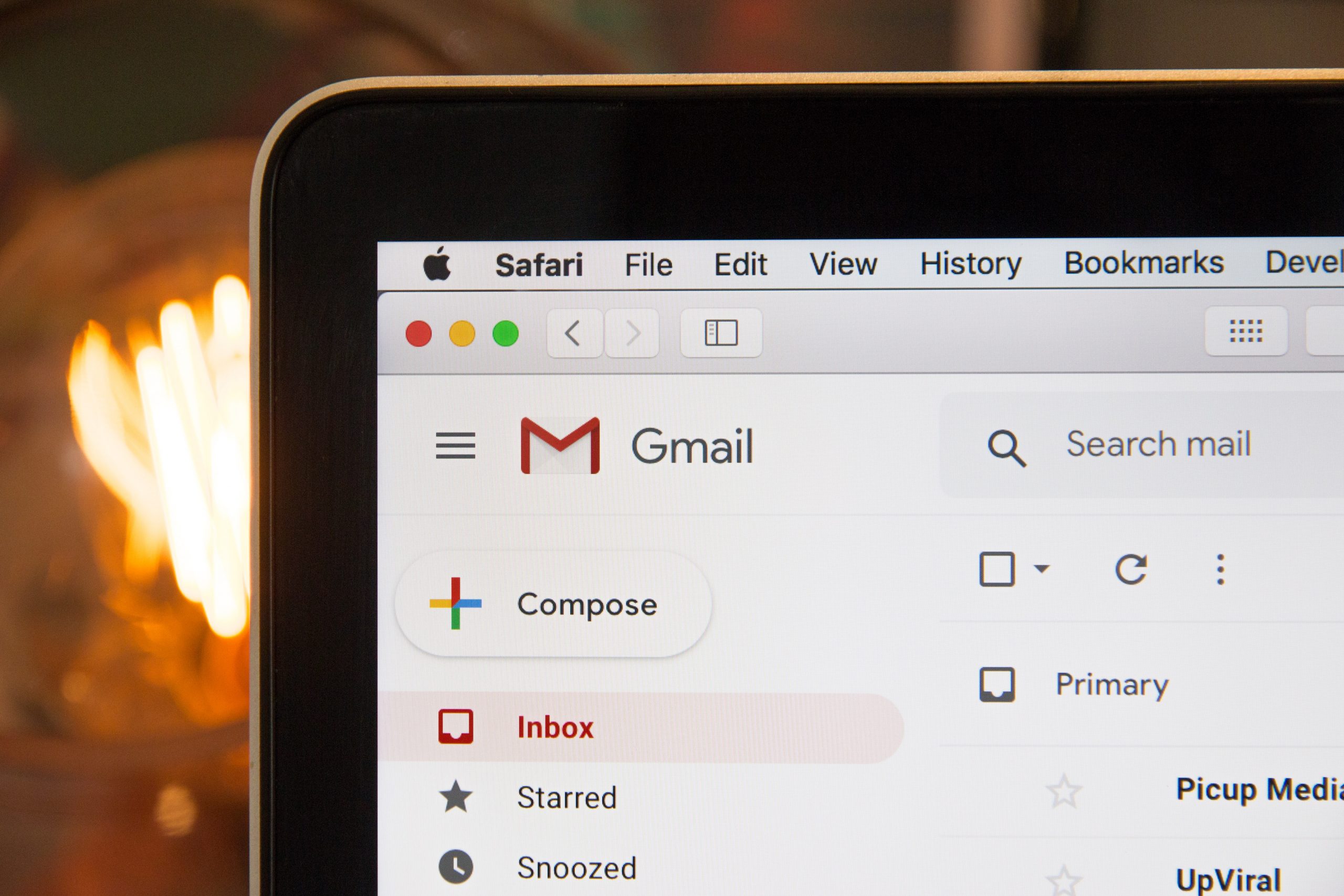Email Deliverability is one of those confusing terms. There is a big difference between the Delivery Rate and Deliverability Rate.
Delivery Rate confirms that your email has been accepted into the recipient’s mailbox. The mailbox providers send information back to the sender that confirms whether the email has been accepted into their servers or rejected. Email service providers such as Hubspot or MailChimp are great at showing your Delivery rate.
Exactly where the email ends up is called Mailbox placement. Deliverability and the Deliverability rate is what is typically referred to as measuring inbox placement. This occurs after the recipients’ server has received the email. Mailbox providers do not send any feedback that lets you know if your message landed in the inbox, the spam folder or the promotions tab.
High Delivery rates won’t tell you how your Contacts are engaging with your Mail or provide context on how much of your Mail is actually making it to your recipients’ inbox. To get this context, you need to use engagement signals. Just because something was delivered does not confirm inbox placement.
We champion email deliverability simply because there is a massive potential for high ROI numbers when employing a well-managed email marketing strategy in your mix. Email is still the highest performing marketing channel when it comes to ROI. We have achieved ROI figures of 40 to 1 in some of our client campaigns. That’s £40 received for every £1 spent on email marketing! Not bad, hey.
To achieve anything like an ROI of 40:1, there needs to be a focus on quality over quantity, particularly regarding deliverability. If recipients aren’t seeing your messages in their inbox, then it doesn’t matter how creative the campaign or juicy the offer; recipients will not have the ability to engage with those emails.
There are also time and effort wasting scenarios to consider when email deliverability is not a focus. It’s much easier to stay in the inbox than to dig yourself out of the SPAM folder. You may naively get a nice boost to sales from an overly aggressive campaign where you have oversold or set expectations too high. These campaigns are only going to leave you with a spike in complaints, which will drive your email to the SPAM folder or might even result in you getting blocked completely.
Top tip! Decide on whether or not you prefer quick wins or a sustainable ROI of up to 40:1, because rarely can you have both.
Neglecting your email deliverability also creates other issues. The first one is the headache spent trying to get yourself back in the good books with your email service provider. This can be a very painful and slow process, particularly if your reputation has gotten to a point where your account has been suspended.
The second issue relates to the knock-on effect with all other customer service or transactional type emails sent from the same email server. If your sender score is low, you will experience problems with all outbound emails, not just sales & marketing ones.
Whilst this is frustrating, it’s important to remember that mailbox providers are simply doing their job. They are 100% focused on recipient engagement, much more than they were in the past. Email providers are looking at both positive forms of engagement, like opens and clicks and replies. They are also heavily focused on the negative forms of engagement, like user complaints, users deleting emails without opening them or even a lack of engagement.
The days of scraping data and purchasing data lists are long gone – even continuing to send to people simply because they signed up but haven’t taken the time to unsubscribe. Those days are over. If you’re a professional marketer or someone just interested in getting the best return on investment that you can, we recommend monitoring engagement signals to figure out exactly who is your active audience.
By focussing on emails that respond to a need; and by creating emails that have value and drive engagement, you will gradually build a more extensive and more qualified email list that will put you on the path to a higher ROI and ultimately more sales. Continually hitting the inbox time after time means you are getting more opens, more clicks and more conversions – all good news when it comes to creating more revenue further down the line.
Whilst there are hundreds of factors that count towards ensuring the smooth deliverability of emails, as each mailbox provider uses a different algorithm to make their filtering decisions, we can offer a few key points to start you off.
- Reputation and authentication is all about your sending IP and your sending domain. Think of this as your official form of ID that tells mailbox providers precisely who you are. This allows them to start to have a little bit more confidence that the email you are sending is legitimate. This can be pretty technical and covers areas such as SPF and DKIM, for when you’re ready to dive deeper into the topic.
- Your technology infrastructure is also essential. Your mailing software should be properly configured. It’s not enough to just have it working to create and send emails. You should be able to effectively manage all of the engagement data, including those positive actions such as legitimate open and clicks – weeding out the false-positives caused by email filters opening and clicking – as well as managing the events that are related to those negative impacts; the bounces, unsubscribes and complaints.
- List collection and list management form a big part of obtaining smooth deliverability of emails. Permission is key to a good sender reputation. Sending to people who haven’t signed up for your email can have a huge impact on your engagement rates. You will see low opens and high complaints with zero permission-based lists. Continuing to target people who signed up but have stopped engaging is just as damaging. The most important thing when it comes to lists is to focus on building your list the right way and targeting the people who continue to show signals of engagement.
- And lastly, the content. Personalisation is vital. Keeping with a simple design is the most suitable for optimum email deliverability. Putting all of your focus into achieving the most elaborate HTML email design is pointless if the email is then marked as a promotion and sent straight into the promotions tab in Gmail or Outlook. Lead nurturing emails should be minimal HTML and maximum personalisation. We are not just referring to the insertion of a first name and a company name (which is a given), this is more to do with the construction of the email copy to feel like it is being sent from a person – directly to you – rather than from a company. Think about the emails you receive. There will be the ones that you view as marketing/promotional emails – those are the ones that are traditional HTML emails. Then there will be those emails that you receive that you probably won’t even look upon as marketing emails because they seem to “talk to you”. The layout of those emails has a lot to do with it. They should appear to be from a person talking about something related to a specific action that you have recently undertaken with that company. The conversation from then onwards will then flow naturally. Let us not forget the subject line and the sender address. Use a friendly from name and avoid using terms in your subject line that will trigger email filters (a quick google will return a great list of those terms).
I hope you have enjoyed reading this post on Email Deliverability.


